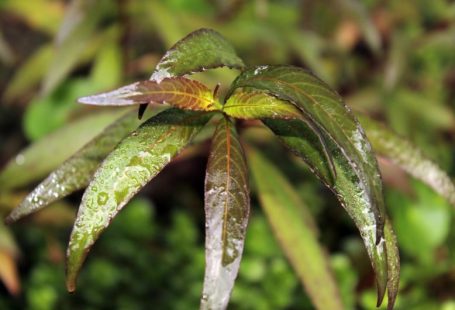Exotic pets bring a unique charm and companionship to our lives. From colorful reptiles to fascinating birds, these animals require a specialized environment to thrive. Creating the ideal habitat for your exotic pet is crucial to their health and happiness. By understanding the specific needs of your pet and providing them with a suitable living space, you can ensure they live a fulfilling life in captivity.
Understanding Your Exotic Pet’s Needs
Before setting up your pet’s habitat, it is essential to research and understand their specific requirements. Different species have varying needs when it comes to temperature, humidity, lighting, and space. Take the time to learn about your pet’s natural habitat and behavior to create a suitable environment that mimics their wild surroundings.
For example, reptiles such as snakes and lizards require a warm and humid environment to regulate their body temperature and aid in digestion. On the other hand, exotic birds need ample space to fly and exercise their wings. By understanding your pet’s unique needs, you can tailor their habitat to provide them with the necessary conditions for a healthy and happy life.
Choosing the Right Enclosure
Selecting the right enclosure is crucial in creating the ideal habitat for your exotic pet. The size of the enclosure should be large enough to accommodate your pet’s size and allow for natural behaviors such as climbing, burrowing, or flying. Ensure that the enclosure is escape-proof and provides adequate ventilation to maintain air quality.
For reptiles, glass terrariums or plastic enclosures with secure lids are suitable options. These enclosures allow for easy observation of your pet while providing the necessary heat and humidity levels. For birds, spacious cages with horizontal bars are ideal to allow for climbing and perching. Make sure the cage is large enough to accommodate your bird’s wingspan and includes various perches and toys for enrichment.
Creating a Comfortable Environment
In addition to the enclosure itself, creating a comfortable environment within the habitat is essential for your exotic pet’s well-being. Provide appropriate substrates such as coconut husk, sand, or bark for reptiles to burrow or bask in. Include hiding spots, branches, and climbing structures to create a stimulating environment for your pet to explore.
For birds, offer a variety of perches of different diameters to exercise their feet and prevent foot problems. Provide toys such as bells, ladders, and swings to keep your bird mentally stimulated and engaged. Additionally, ensure your pet has access to fresh water and a balanced diet to meet their nutritional needs.
Maintaining Proper Temperature and Humidity Levels
Maintaining the correct temperature and humidity levels is essential for the health of your exotic pet. Reptiles, in particular, are ectothermic animals that rely on external heat sources to regulate their body temperature. Install heat lamps, heating pads, or ceramic heaters to create a thermal gradient within the enclosure, allowing your pet to thermoregulate as needed.
Monitor the temperature and humidity levels regularly using appropriate thermometers and hygrometers to ensure they fall within the recommended range for your pet species. Provide hiding spots and basking areas where your pet can retreat to maintain their ideal body temperature. Inadequate temperature and humidity levels can lead to stress, illness, and other health issues in exotic pets.
Ensuring Proper Lighting and UVB Exposure
Proper lighting is essential for the overall health and well-being of your exotic pet. Many reptiles and amphibians require UVB lighting to synthesize vitamin D3, which is essential for calcium absorption and bone health. Ensure your pet’s enclosure includes UVB bulbs of the appropriate strength and replace them every six to twelve months to maintain their effectiveness.
In addition to UVB lighting, provide a natural light cycle for your pet by simulating day and night periods. Use timers to regulate the light cycle and ensure your pet receives enough rest and darkness for their natural behaviors. Proper lighting not only supports your pet’s physical health but also contributes to their mental well-being and activity levels.
Conclusion: Providing a Safe and Enriching Habitat
Creating the ideal habitat for your exotic pet requires careful consideration of their specific needs and behaviors. By understanding your pet’s natural habitat, selecting the right enclosure, and maintaining proper temperature, humidity, lighting, and enrichment, you can provide a safe and enriching environment for your pet to thrive in captivity. Regularly monitor and adjust the habitat as needed to ensure your exotic pet’s well-being and happiness for years to come. Remember, a well-designed habitat is the key to a healthy and content exotic pet.





